
Councillors agree unanimously to let it go
A sacred piece of native Canadian culture brought home by a Devon man 150 years ago is going home.
The Siksika headdress – taken from the First Nation Blackfoot people in Canada’s North West Territories by Bideford-born Edgar Dewdney when he was its governor – will be collected in person by descendants of the people to whom it originally belonged.
“It’s going home,” said Cllr Laura Wright (Lab, St Thomas), who is Exeter City Council’s portfolio holder for culture. “This is absolutely the right thing to do.”
The headdress, which is so sacred that photographs of it cannot be published, has been at the Royal Albert Memorial Museum (RAMM) in Exeter since 1920, when it was presented by Mr Dewdney’s family.
Little is known about how he acquired the headdress, but a report to the council’s executive committee said it would not have been given freely, meaning it was probably seized in the 1880s as part of the ‘assimilation’ process in which European and American culture was forced on the indigenous people.
In 2013 a Blackfoot delegation from Alberta identified the headdress as a sacred ceremonial item which should not have been on public display, and since then it has been stored away.
Siksika Elders have now asked to have it back.
Members of the executive committee voted unanimously to allow the headdress – made from buffalo horns, bird feathers, porcupine quills and bells – to return to Canada. Opposition councillors joined with members of the Labour-led executive to make the decision.
The headdress is likely to remain ‘on show’ at the RAMM in digital form after the actual item has been given back to its rightful owners, either in photographs or illustrations.
“We don’t need it to be there in a glass case to appreciate it,” said Cllr Wright.
“This headdress was taken rather than given. Sometimes gifts were given, but never anything that was sacred.
“To be able to return it is really important.”
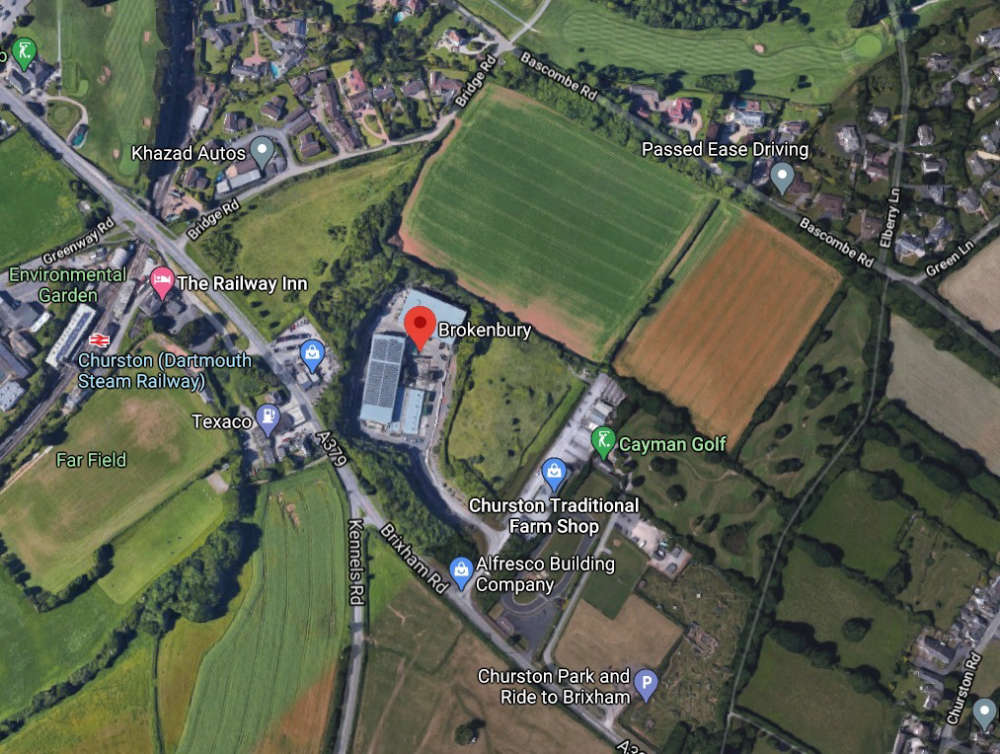 Official challenge to Torbay solar farm project
Official challenge to Torbay solar farm project
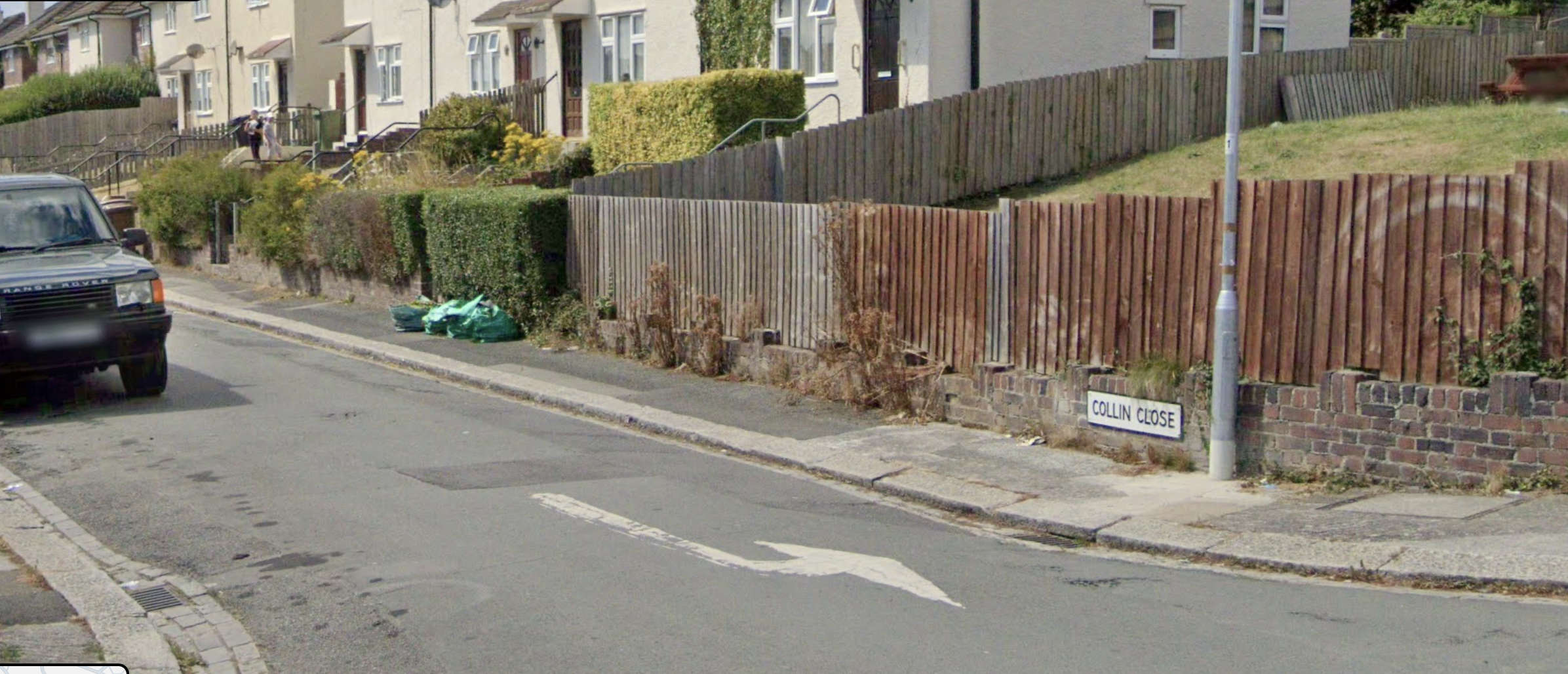 Two people injured in suspected Plymouth stabbing
Two people injured in suspected Plymouth stabbing
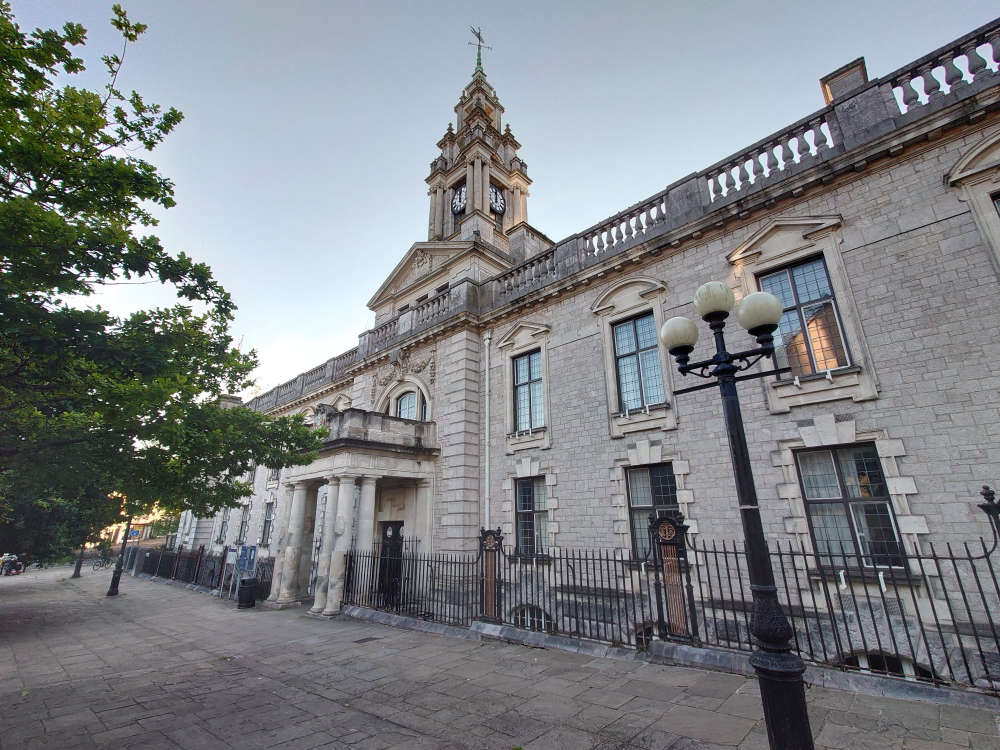 Four councillors banned from council tax debates
Four councillors banned from council tax debates
 Video shows Devon biker causing horrific crash
Video shows Devon biker causing horrific crash
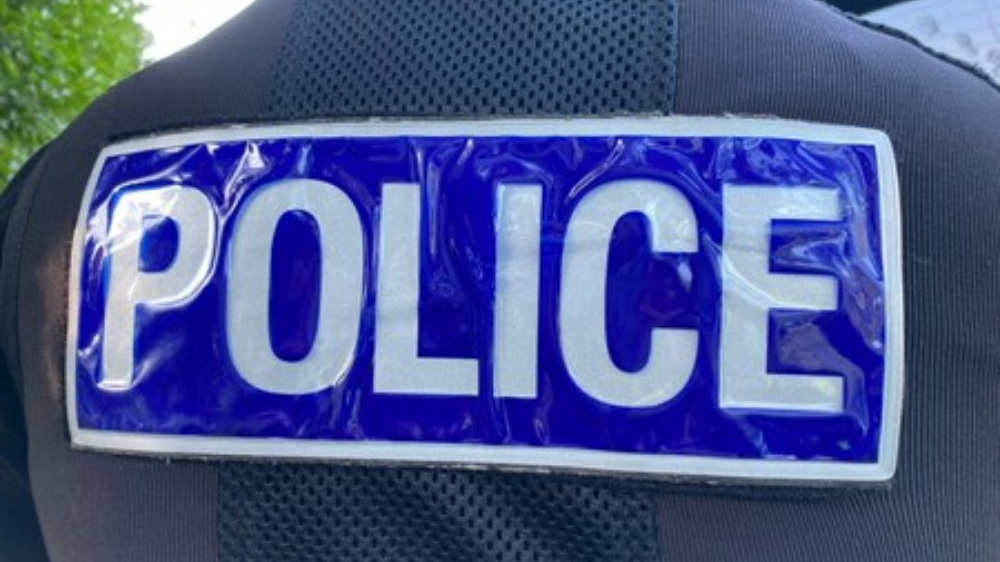 Murder charge after Kingsbridge crash
Murder charge after Kingsbridge crash
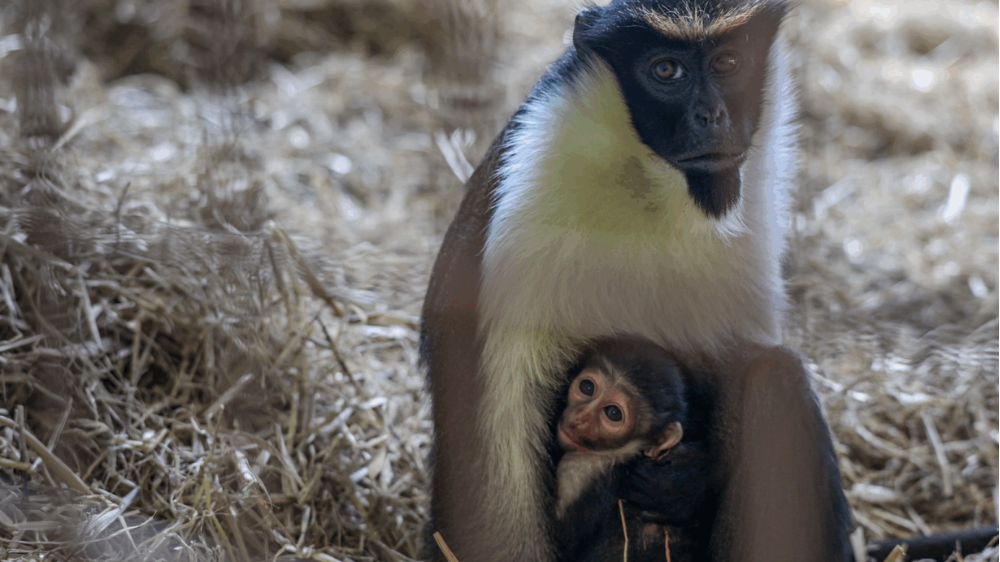 Poorly monkey gives birth to healthy baby
Poorly monkey gives birth to healthy baby
